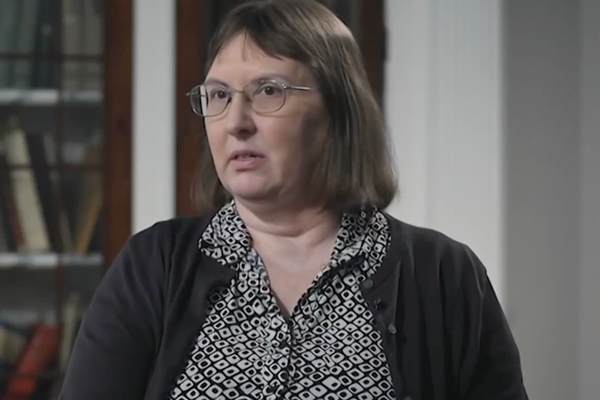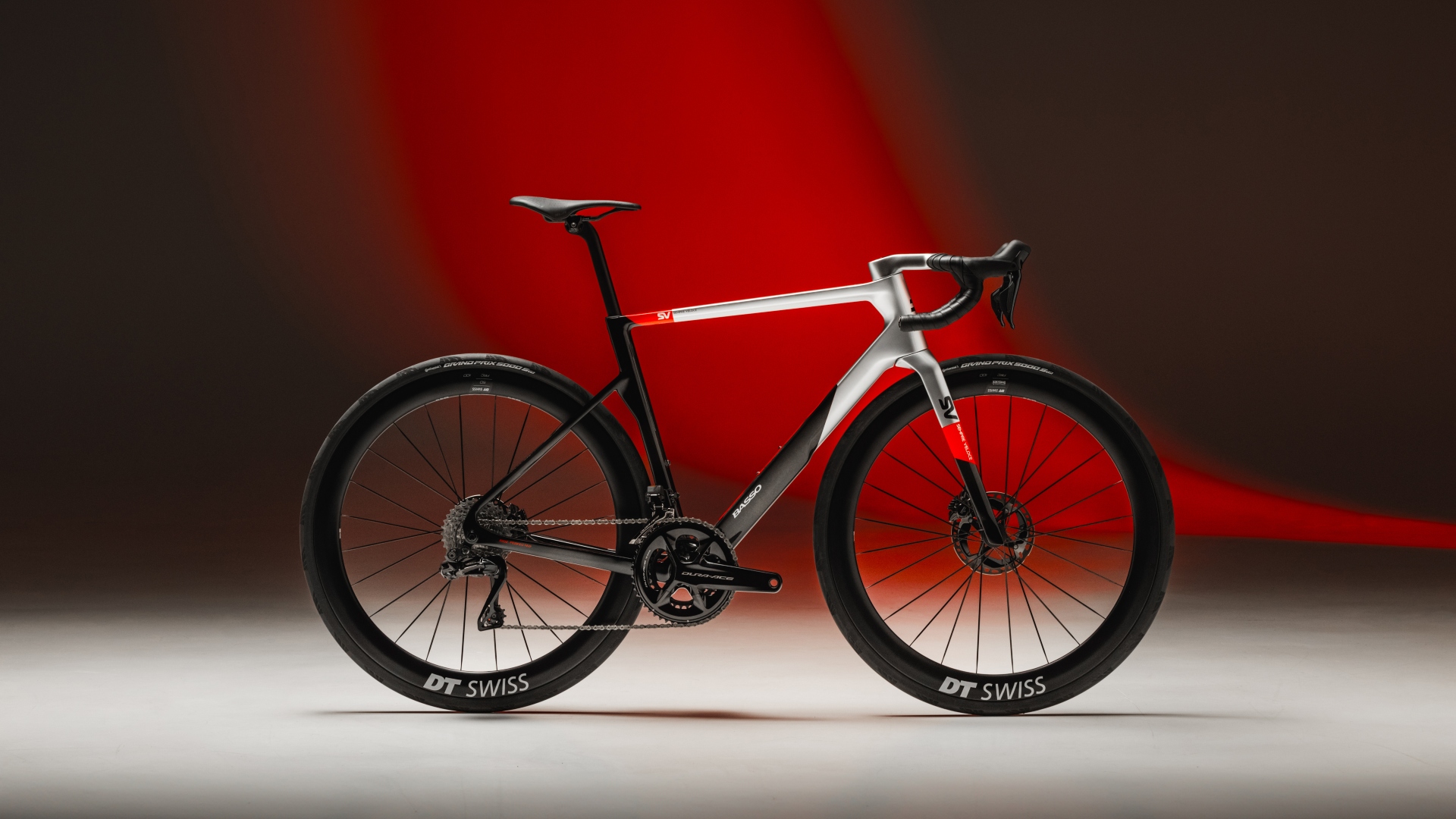
Today Basso has announced the release of its latest 'race bike', the Basso Super Veloce, or SV for short.
Why do we put 'race bike' in inverted comma's you might ask? Integral to the bike's design is an interesting fit philosophy that Basso hopes will make its latest speed machine more accessible to us mere mortals whilst remaining sharp in handling feel - but more on that later.
The usual claims, of course, are all still present. The new SV is lighter, stiffer, and more aerodynamic than the outgoing Diamante SV, boasting tangible improvements over its now outdated sibling.
Oh, and, it's rather beautiful too, don't you think? Let's take a closer look...
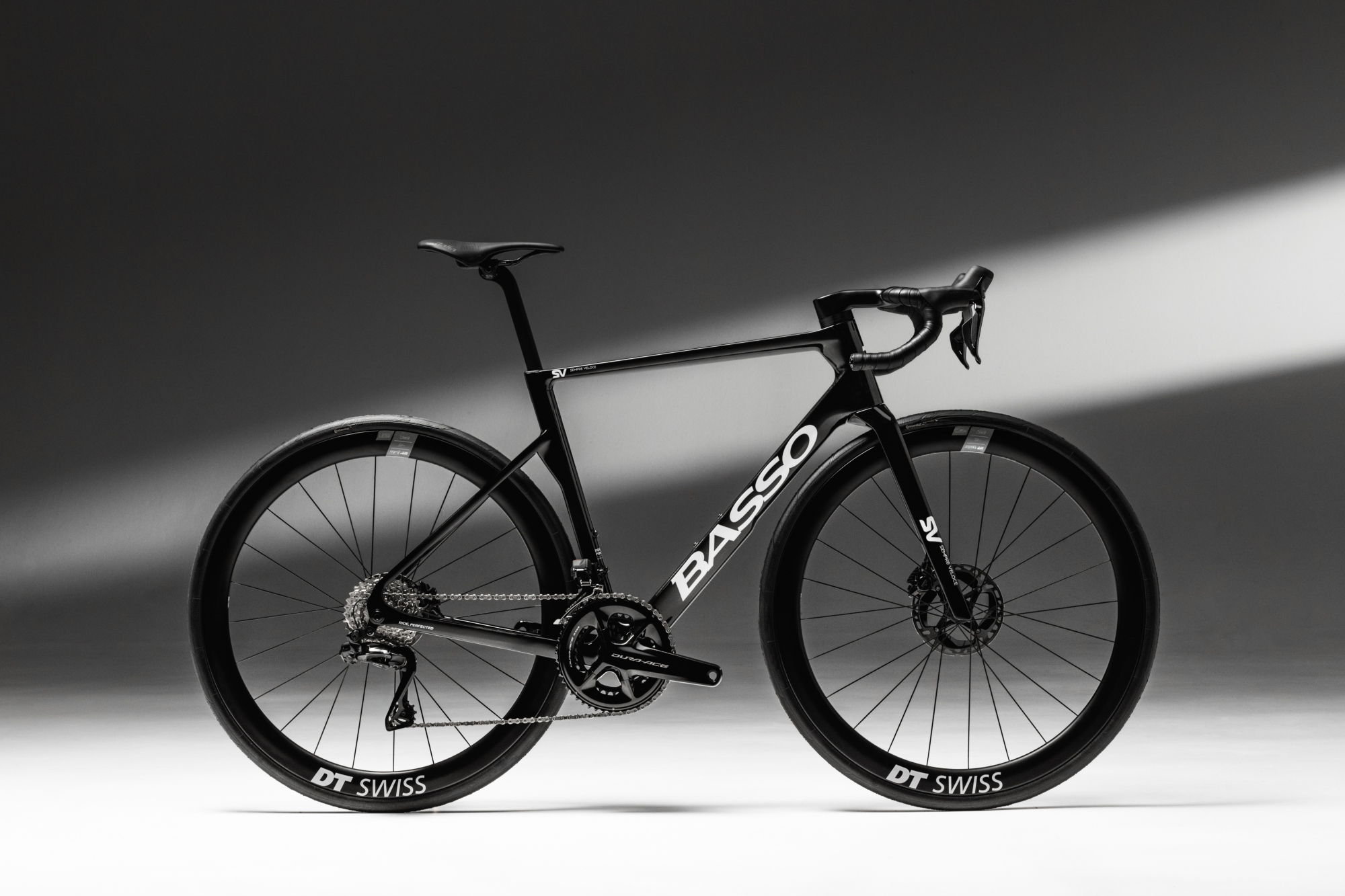
Not quite a race bike, not quite an allroad bike
So the first and most important question, if the Basso isn't a race bike, nor an endurance or allroad bike, what is it, and who is it for?
“One of the most common questions we get is why don’t we see Basso in the World Tour,” according to Basso, but it says the answer of this question has been used as a positive to shape the design of its brand new race bike, the Sempre Veloce.
Instead of adopting a super-aggressive race bike geometry or an endurance-focused approach, Basso has identified a gap in the market and created what it calls a 'rider-focused performance bike.'
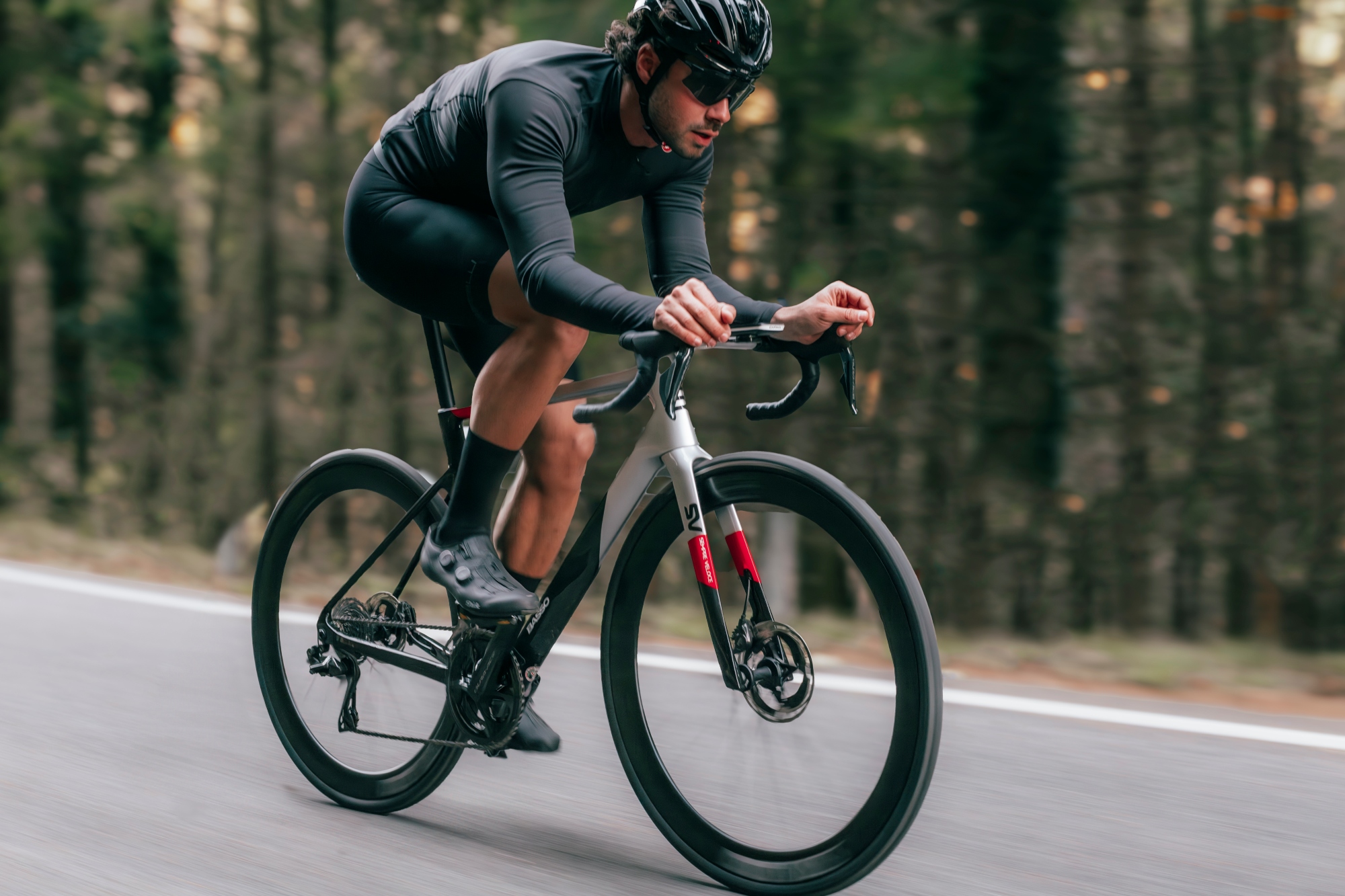
The idea behind this design is simple: World Tour bikes are often too aggressive for everyday riders, so Basso has crafted a bike that's slightly softer and more practical for the majority.
To put some numbers to this new definition, a size 56 frameset features a stack of 585.5mm and a reach of 386.5mm. That's 6mm shorter, and 12mm higher than the equivalent Tarmac SL8 frameset, which at the moment is still my favourite bike in the race bike category. Chainstays remain pretty short at 408mm, meaning the bike should retain a pretty snappy feel too.
Tyre clearance can often be a pretty good teller on a bikes intended use and market these days too, and the SV will fit up to 35mm rubber officially, putting it pretty much right bang in the middle of the average for race bikes and endurance road bikes today.
No bike geometry suits everyone perfectly out of the box, which is why Basso offers every SV as a built-to-order bike. Customers can select from 7 frame sizes and 16 cockpit configurations including two different handlebar types, and choose a 0mm or -15mm setback seat post to achieve the best possible fit right out of the box.
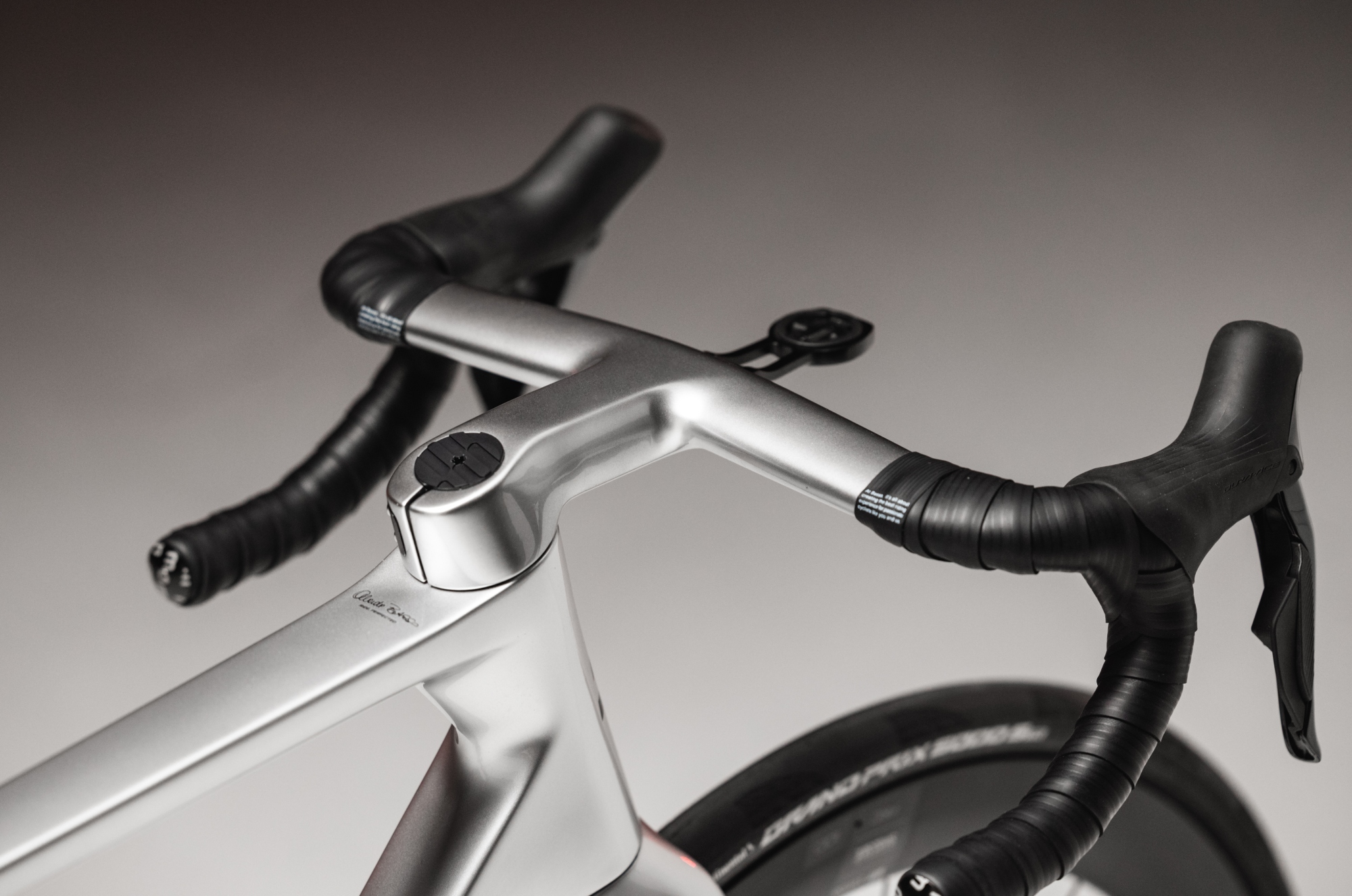
For those prioritizing speed, the Fuga bar - with its claimed 300g weight and 370mm hood-to-hood width - is likely the best bet. It features a slightly lower weight, the narrowest setup at the hoods, and also has a slightly swept back handlebar top too.
Meanwhile, the Levita (330g) provides a variety of widths and stem lengths to accommodate a wider range of riders. Both cockpit options are available with 80 - 130mm stem lengths.
What are the numbers?
The new frameset is manufactured using a mix of Toraycf T1100 and T1000 fibers, some of the same high-performance materials found in the far more expensive Pinarello Dogma F.
The result is a claimed frame weight of 780g (size 53, unpainted), a 370g fork, a 180g seat post, and a 300g handlebar. So while the SV won't be winning any awards for the lightest frameset in the world, it's certainly no slouch either. In terms of stiffness, the Basso SV surpasses its predecessors at the bottom bracket and head tube, while the rear triangle offers slightly more compliance.
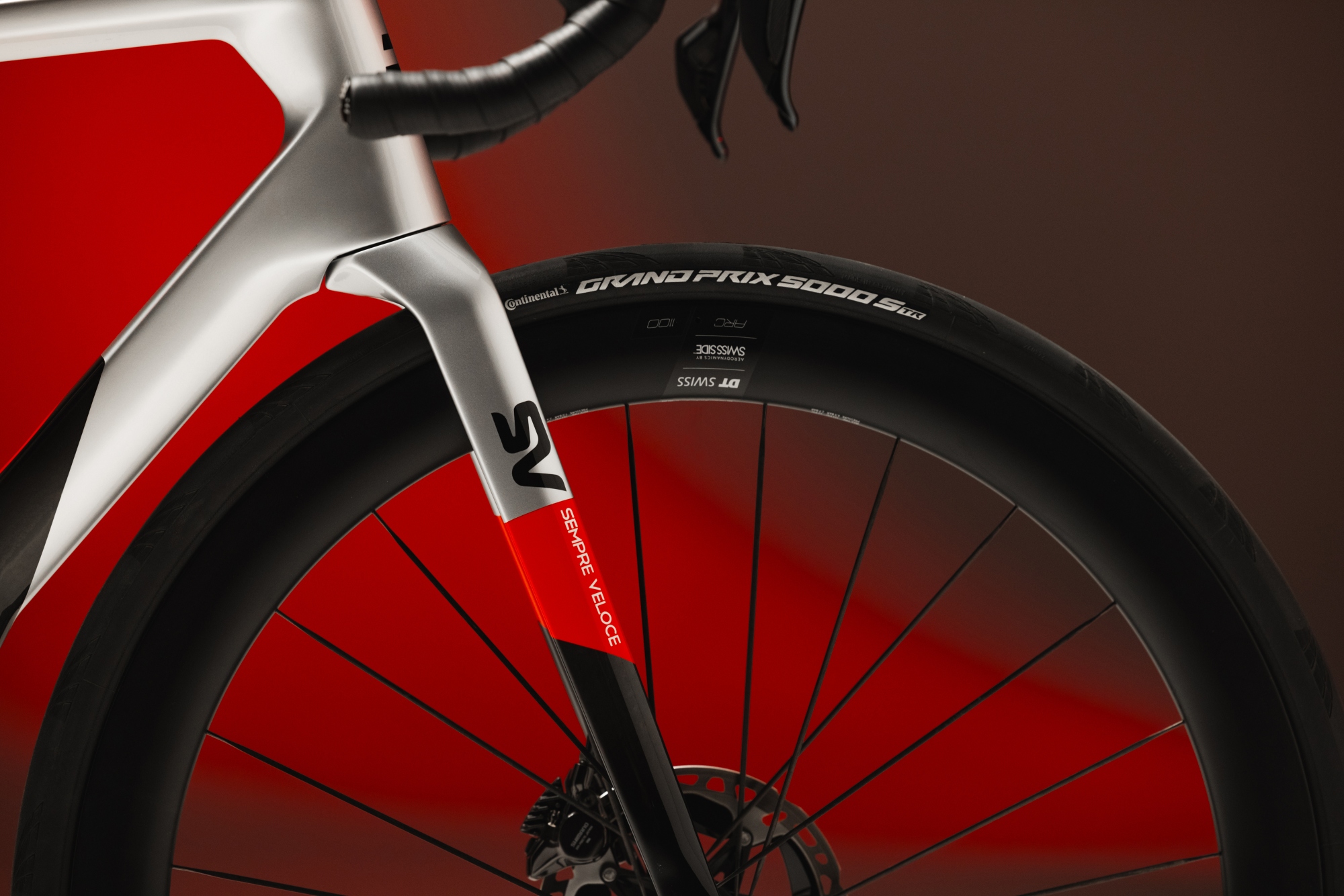
In terms of stiffness, the Basso SV surpasses its predecessors at the bottom bracket and head tube, while the rear triangle offers slightly more compliance - more on that later.
As a percentage, Basso's numbers work out to be a fairly modest 1% improvement at the bottom bracket and a far more tangible 15% increase at the head tube, which should aid handling.
There are a lot of things I absolutely love about the new Basso Sempre Veloce, and that starts with the aesthetics - it really is a looker. More than that though, is the design philosophy. In a world where integration, particularly at the handlebar, can cause such a headache to consumers, having the ability to spec your bike at the point of sale feels like it should be mandated. The in-between geometry and 35mm tyre clearance appear to make the new Basso a bike for many, but that’ll have to be confirmed by munching a few more miles on it. It’s just a shame the UK will only be allowed two build options at launch!
The reductions in weight and increases in stiffness are complemented by a striking 16% drop in the bike’s overall frontal area. This reduction lowers aerodynamic drag and should make the bike faster, though Basso hasn’t released specific wattage or time savings - make of that what you will.
Visually, it certainly seems to borrow some design cues from the BMC Teammachine R, which Cycling Weekly's Editor Simon Richardson has recently tested and thoroughly enjoyed.
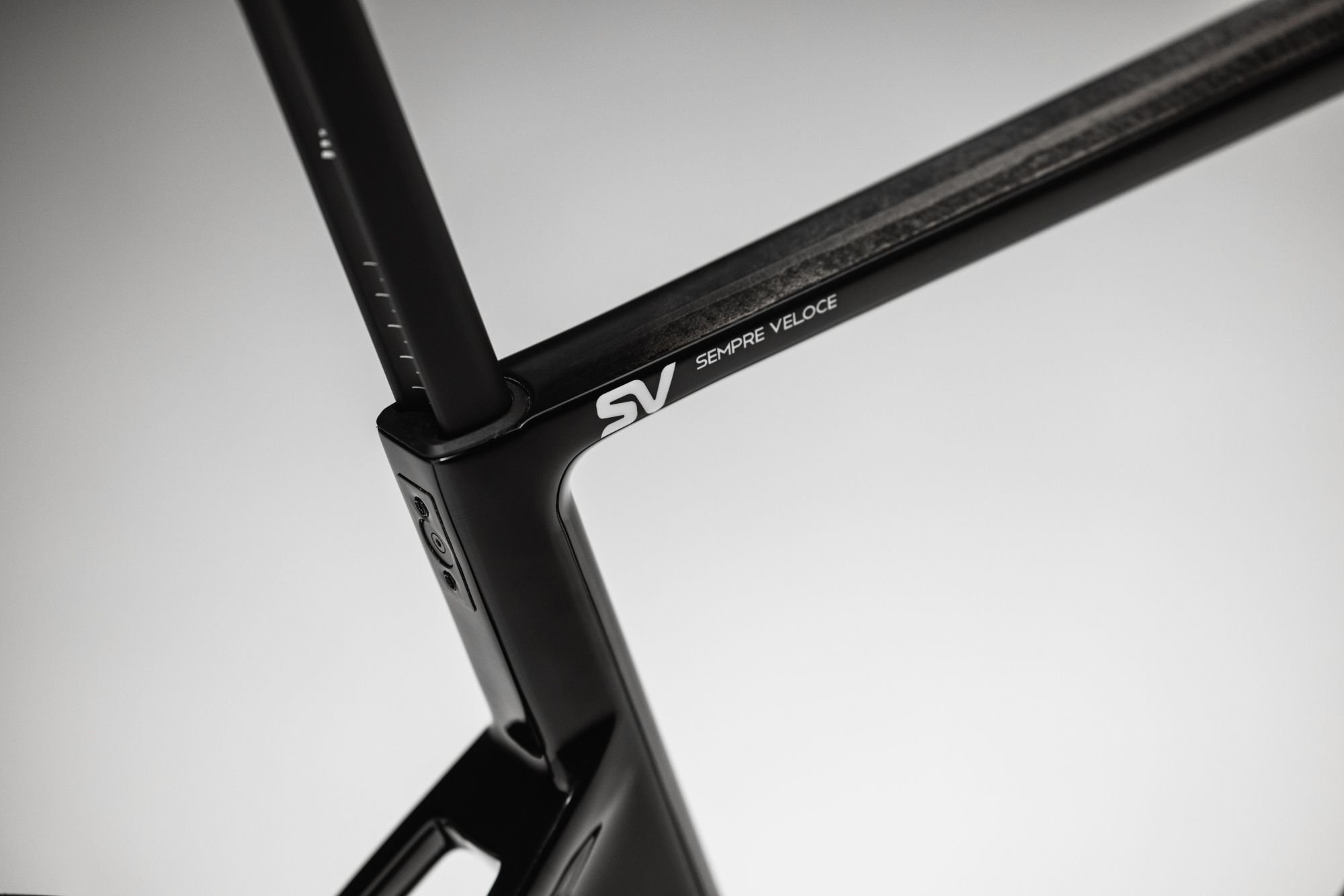
Completing the holy trinity of cycling industry market claims is the improvement to comfort that the new Basso SV is said to offer. The slight decrease to rear triangle stiffness alluded to earlier is fundamentally a purposeful decision, there to introduce a little more compliance at the rear end of the bike.
Basso has also updated its 3B clamp system. The second generation and patent pending design features an interface that sits between the seat post and the frameset, allowing for a little bit more fore-aft movement, thus, theoretically at least, improving comfort.
Build options and availability
Now earlier I hinted that the Basso SV undercuts the likes of the Pinarello Dogma F on price while using some of the same raw material - so does that mean it's cheap? I'm afraid it does not. Remember though, we are talking about a premium Italian brand here though.
USA and Europe
America and European markets will both have access to the full complement of bikes from today, a total of 9 different models.
The range starts with three Shimano Ultegra DI2 builds, the cheapest of which will come with DT Swiss ERC 1600 carbon fiber wheels, and cost €7,949/$8,995.
Wheel upgrades to either DT Swiss Arc 1100 DB 50 or Fulcrum Sharq wheelsets add another €1000/$1000 to the price.
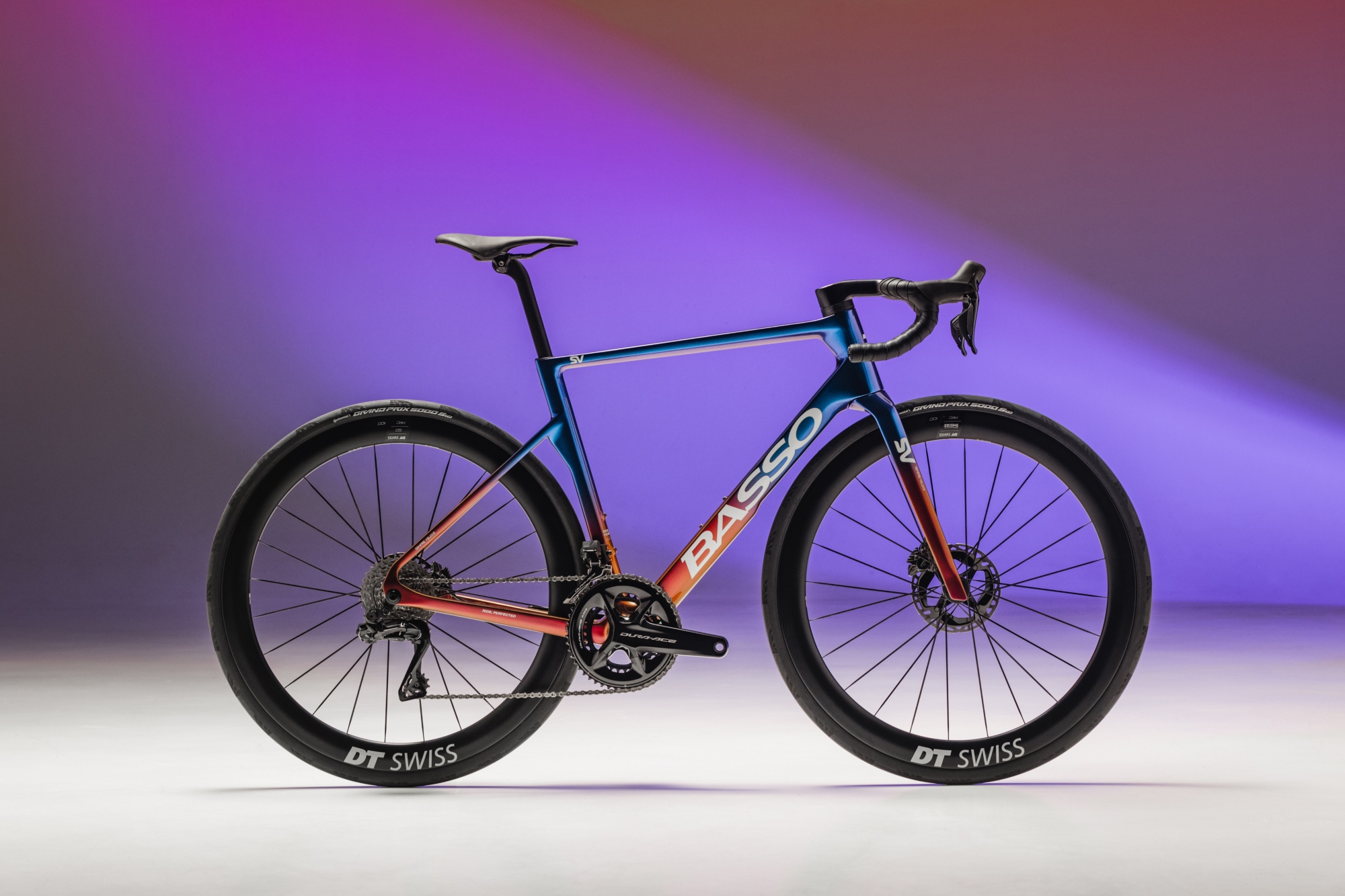
Next up is are the Shimano Dura Ace builds, which are available with the same wheelchoices for €10,499/$11,695 and €11,799/$12,995 respectively.
Two SRAM Red AXS builds will be available with the same choice of wheelsets, and will retail for €11,999/$13,195. The range is then topped off with an all singing all dancing Italian only model, with Campagnolo Super Record S Wireless, and Campagnolo WTO 45 Dark wheelset for €11,999/$13,295.
United Kingdom
In the United Kingdom, things are slightly different.
This side of the channel, we will have access to just two builds at the time of launch. The first is a Shimano Ultegra Di2 build, featuring Mavic Cosmic S 42 wheelset which will retail for £6999.
The other option is a Shimano Dura-Ace Di2 build, featuring a Campagnolo wheelset, which will cost £8,999.
Across all territories, the full complement of custom specifications will be available from Basso dealers.
For more information, check out the Basso Website.





